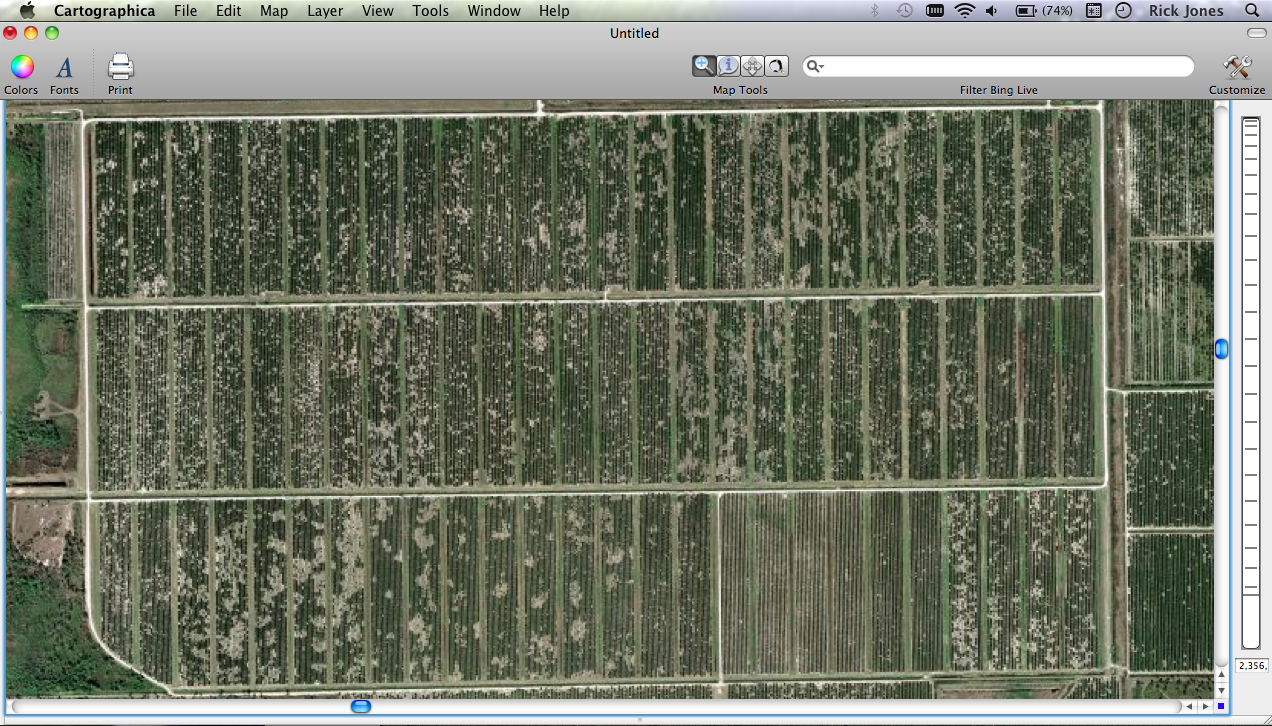
The migration of the Kraken to land, somewhere around 1870, can be seen as an escalation, symbolising the hardening of international attitudes. These show countries or continents in human shapes, either totally abstract, and mostly in the map margins (like the plump ladies symbolising the riches of Africa, Europa, Asia and America, seated in the four corners of antique world maps) or actually in the map, contorted to conform to the outline of the nations they represent (John Bull made to crouch like England, Marianne striking a France-shaped pose).Īnthropomorphism – and more broadly speaking, zoomorphism – had always been a fairly popular cartographic method. Case in point are the popular depictions, in the late 19th and early 20th century, of monopolising, price-fixing business trusts like Standard Oil as destructive NCCOs. Firstly, the non-cartographic cartoon octopus (NCCO): like the CLO, this specimen is used to demonstrate the wide-ranging grasp of a particular evil, but unlike it, there is no map involved – even though all that grasping often implies a spatial element. As a graphic concept, the CLO overlaps with tow similar tropes.

But it still maintains its grip on the cartographic imagination today, as will be shown towards the end of this concise timeline of CLO cartoons.īut before we get biographical, some categoric disentangling. The Cartographic Land Octopus was born two-thirds into the 19th century, when the intra-European tensions were slowly gearing up towards the First World War it flourished until the end of the Second World War. It can even be used on a more abstract level, showing dangerous ideologies insipidly infiltrating and/or strangling the world. This is perfect for demonstrating the geographic reach of an enemy state’s destructive potential. They turn the CLO into a perfect emblem of evil spreading across a map: its ugly head is the centre of a malevolent intelligence, which is manipulating its obscene appendages to bring death and destruction to its surroundings. The overall goal is often a quick and dirty turnaround, with cost and speed trumping excellence and elegance.I suspect it’s those tentacles that explain why the octopus became cartography’s favourite land monster. Post-computer editing decisions are frequently outsourced-sometimes to India, where teams of cheap workers will hunt for obvious errors and messy label overlaps. The result is a rough draft of label placement, still in need of human refinement. Sometimes a town might get deleted entirely in favor of a highway shield or a time zone marker.

But if this spot is already occupied-by the label for a river, say, or by a state boundary line-the city label might be shifted over a few millimeters. For example, preferred placement for city labels is generally to the upper right of the dot that indicates location.


How will you signify elevation and forestation? How will you imply the hierarchy of city sizes? How big must a town (or an airport, or a body of water) be to warrant inclusion? And how will you convey all of this with a visual scheme that’s clean and attractive?Īccording to independent cartographers I spoke with, the big mapmaking corporations of the world employ type-positioning software, placing their map labels (names of cities, rivers, etc.) according to an algorithm.


 0 kommentar(er)
0 kommentar(er)
